18 Stories That Show Kindness Can Be the Strongest Force of All

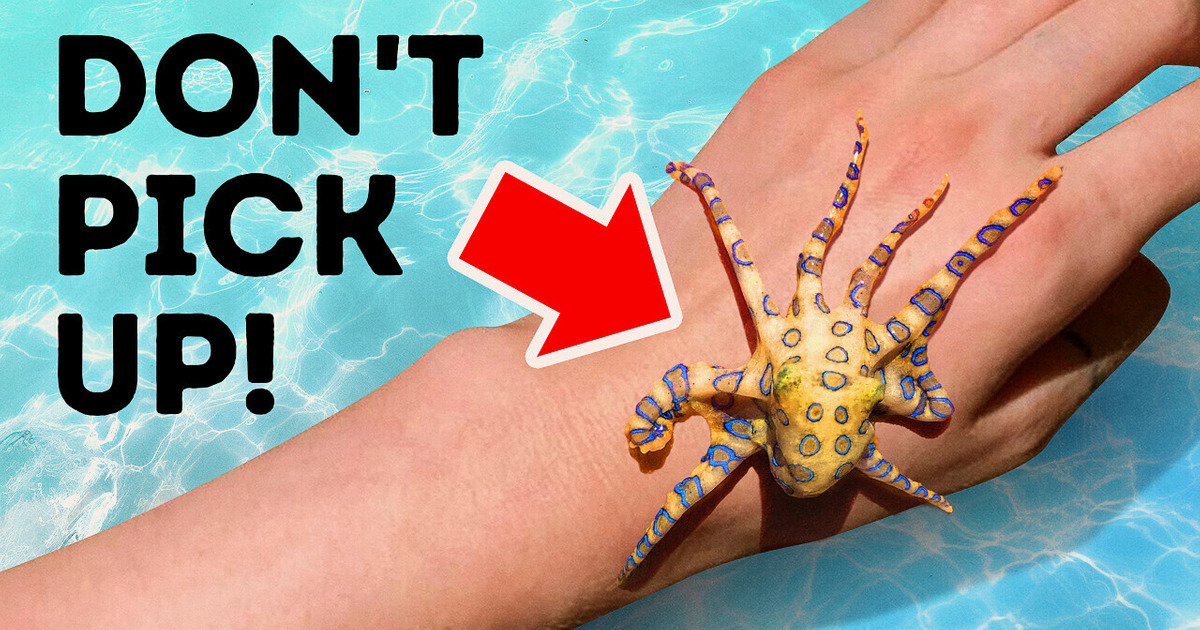
Look at this pretty creature! It looks cute and totally harmless. But you should know that appearances are deceptive. And the blue-ringed octopus is an extremely venomous species of octopus. In fact, they are one of the world’s most venomous marine animals.
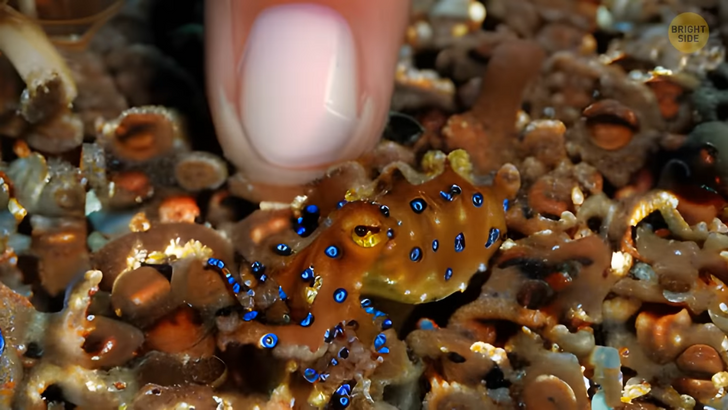
These creatures are found in tide pools and coral reefs. Despite their small size — a mere five to eight inches — they are very dangerous to humans if provoked. Their venom contains a powerful neurotoxin called tetrodotoxin. When the animal feels threatened, its first instinct is to flee. But if the threat persists (for example, if you don’t give up the idea of picking the octopus up), it will go into a defensive stance and display its blue rings.
If the octopus is cornered and touched, it may bite its attacker. And it can end very, very badly. Tetrodotoxin causes severe consequences and sometimes results in total body paralysis — when the victim is fully aware of the surroundings but unable to move. The victim remains conscious and alert, but because of the paralysis, there’s no way of signaling for help or indicating distress.
Interestingly, in its chilling mode, the blue-ringed octopus looks brown or even pale. But once it feels endangered, it switches on its psychedelic pattern. Such a response is called aposematic behavior. In simple words, it’s when an animal flashes bright colors warning others that should they take a bite, they won’t live to tell the tale. Of course, the blue-ringed octopus isn’t the only dangerous animal that looks harmless out there. For example, look at this creature!
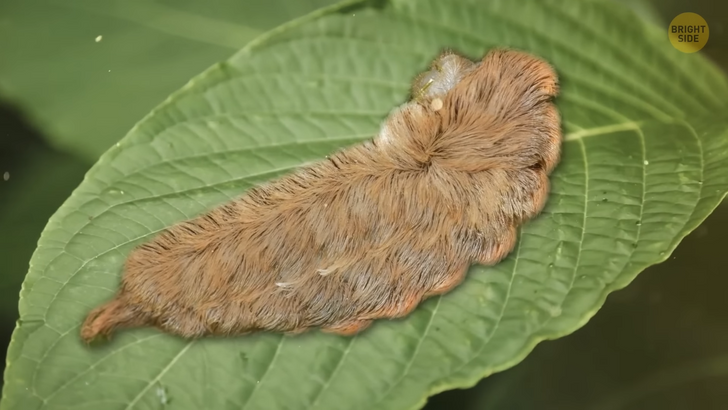
This animal looks super cute: fluffy and soft-looking. The desire to touch it is irresistible. Watch out! The sting of the hairy caterpillar can pack a serious punch! It’s called the puss moth caterpillar or asp. Hidden among that luxurious fur, there are venom spines equipped with stinging cells like jellyfish. People react very differently to caterpillar toxins. Some may develop more severe reactions than others. Plus, how bad the consequences are also depends on the thickness of the skin in the affected area. In most cases, the unpleasant sensations and rash go away in a few hours or sometimes days.
The next animal on our list is the poison dart frog. There are more than one hundred seventy species of these frogs, and, funnily enough, not all of them are actually poisonous! Those which are secrete extremely dangerous toxins through their skin. On the bright side, the frogs never use these toxins for hunting or attacking. They only have them for self-defense.
Experts aren’t sure, but they suppose that the frogs’ ability to produce these toxins might come from a diet rich in toxin-containing animals, for example, centipedes or ants. Indigenous peoples in Central and South America have been known to rub their arrows and darts on the frogs in order to give them a poisoned tip. The main thing you need to keep in mind: if you touch a poison dart frog, seek assistance immediately. Especially if you’ve come across the golden poison dart frog — it’s the most toxic one.
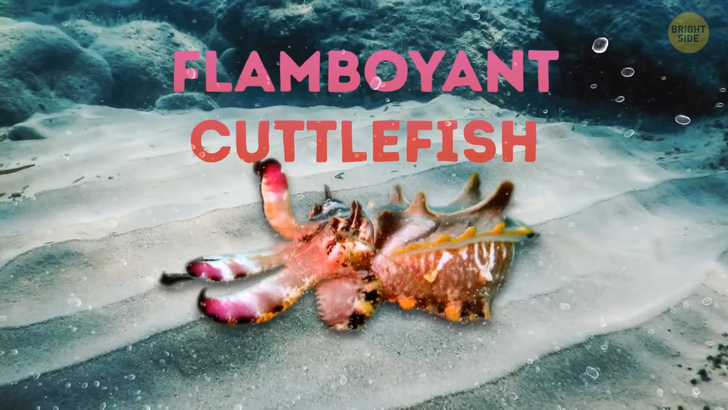
The flamboyant cuttlefish is the only known venomous cuttlefish species. This creature has incredibly poisonous muscle tissue, despite its tiny (two to three inches at most) frame. Watch out for a dark brown underwater animal with two tentacles and eight arms. It’s also likely to have purple and yellow around its arms. Anyway, your best bet is to avoid biting into one of these intriguing creatures, and you’ll most likely be safe.
Predatory cone snails are very slow animals. This is the main reason why they have no means to capture their prey mechanically. I mean, they can’t really grasp another animal or bite it. Instead, the cone snail has evolved potent venom that helps it survive. Probably the coolest thing about these creatures is that among almost one thousand species, there’s no overlap in the toxins produced by each of them. Even though cone snails don’t have fangs, they have a venom-covered harpoon they use to sting their prey.
There’s a tube-like structure at the end of a venom bulb. And a modified tooth can shoot out of the tube at a mind-boggling speed of four hundred miles per hour! So, being slowpokes doesn’t actually bother cone snails. And since the venom is unique to certain species, some of them can deliver a minor sting, while others might cause serious harm to your health. For example, this reef-dwelling little fella unleashes a harpoon-like tooth to sting its prey, and there is no known cure for its venom.
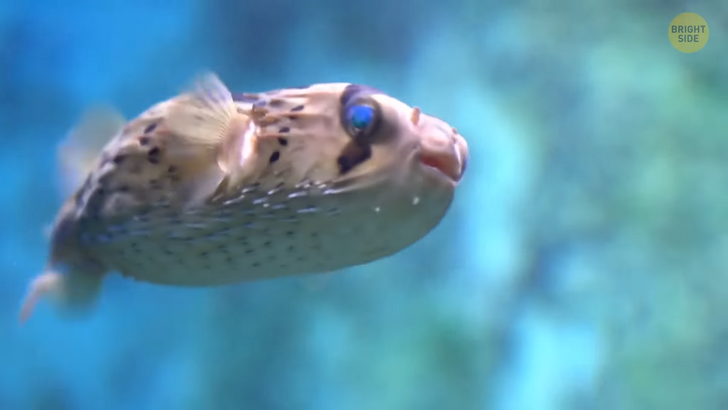
When you think of puffer fish, you probably imagine a bloated-looking creature with impressive three-hundred-sixty-degree quills. But beneath those funny spikes, there is a vicious creature. And the most dangerous part of this creature is its poison, which is considered to be one of — if not THE most dangerous and potent in the world. The good news is that you won’t get poisoned unless you eat the fish. So maybe better stick to the California roll.
Now, look at this insect and try to never approach it. It’s the Japanese giant hornet. This monstrously-sized creature, which can grow to be almost two inches long, is known to be highly aggressive. Its impressive stinger packs enough venom to make the sting very, and I mean it, painful. Some people don’t survive being stung by this insect.
Even though the venom isn’t the most potent, the large size of the creature makes the dose too big. And if it’s not one but several hornets attacking you... Well, the consequences are likely to be dramatic. The giant hornet isn’t necessarily unfriendly toward people or other animals. But it WILL sting if you provoke it.
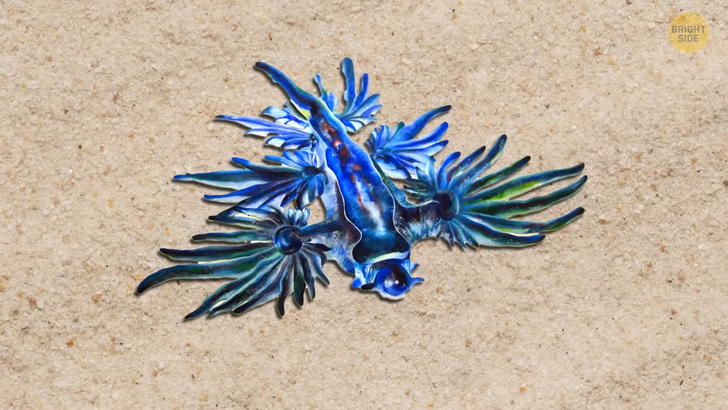
This truly beautiful bright-blue creature is called the Blue Sea Dragon. Despite such an imposing name, the critter is actually tiny — usually no bigger than a grape. You may find it on the beach or floating beside you in the water. Now, you need to remember one thing: however pretty this little slug may look, never ever touch it! Despite their tiny size, their sting can pack a punch. All because of their diet! Their favorite dish is the Portuguese man-o’-war — a jellyfish that has enough venom to paralyze small fish and crustaceans.
The Blue Dragons first use mucus to neutralize the jellyfish’s infamous stinging cells. And then, they steal these cells from the man-o’-war’s tentacles and store and concentrate them within their own tissues. Then they release these stinging cells on contact, which makes their own sting even more powerful — even worse than that of the man-o’-war’s itself.
These awesome creatures are also extremely sneaky. Even though their appearance is bright, to say the least, they’re well-known masters of disguise. You see, that vibrant blue coloring is actually on their bellies. And when they float on their backs, they simply blend with the water. As for their backs, they’re gray to camouflage these animals on the sea surface.
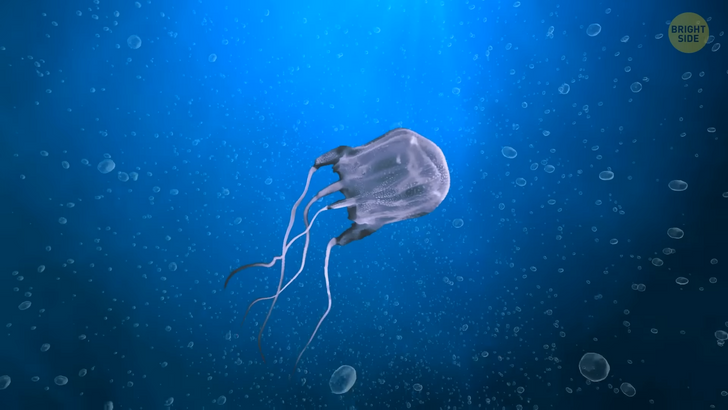
The Irukandji Jellyfish, found in Australia, looks tiny and totally innocent. But appearances are deceitful, and this baby, the size of a human thumbnail, is actually extremely dangerous. During “Stinger Season,” which lasts from November to May, tons of beaches get closed because of these itsy-bitsy creatures. What makes the jellyfish particularly dangerous is their miniature size — people simply fail to notice them while swimming.
The infamous Box Jellyfish, named for its cubic body shape, lives in the Indian and Pacific Oceans. Stay away if you spot a creature with a squarish bell and long dangling tentacles. And even if you only see a single tentacle without the jellyfish attached to it, don’t come close or touch it. The box jellyfish can grow up to ten feet, and each of its tentacles has about five hundred thousand microscopic harpoons to inject venom.
Unlike other jellyfish, box jellyfish are hunters. They can latch onto you by wrapping their slender tentacles around your limb or body. With how dangerous their venom is, it won’t be a pleasant experience.











